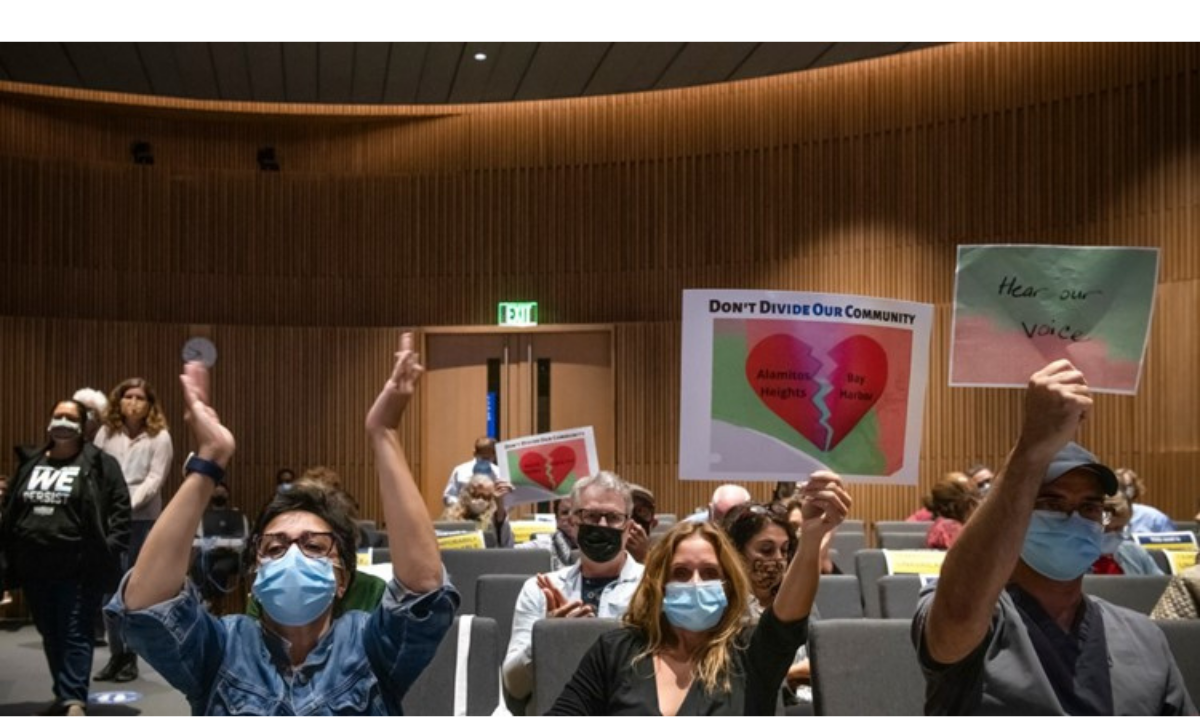Written by William Hale
There is much to unpack after the congressional and legislative redistricting finalized by California’s 14-person independent commission.
For starters, a substantial amount of turnover is quite likely. This incoming turnover is in part due to the commission dedicating congressional and state legislature seats to “communities of interests” — a policy informed by the Voting Rights Act. In effect, the emphasis on communities of interests increases the odds for people of color to be newly elected representatives.
In recent history, racial and ethnic minorities have often sided with Democrats, but new research has suggested that Republicans are making significant gains among Hispanic voters. This demographic development has legitimate implications for California which has the largest Hispanic population in the country.
Nonetheless, Democrats will unquestionably maintain their control over state Government in California, but questions surrounding how the GOP will perform in congressional elections remain unanswered. With the Golden State losing one congressional seat in response to the waning population indicated by the 2020 Census, and with national momentum favoring Republicans, the GOP could see an uptick in California representatives in Washington from just 11 as it currently stands.
On a federal level, only five seats are required for the GOP to take back control over the House. With Biden’s plummeting approval rating, an increased Hispanic sympathy for the GOP, and favorable maps in states such as Texas and Florida, five congressional seats seems like a promising objective for Republicans as we move closer to November. Plus a certain well observed phenomenon serves as a good sign for Republicans: the newly elected Presidential party tends to immediately lose representatives in the following midterm.
However, with nothing set in stone for either party, California’s new redistricting provides important information for those studying November’s potential outcomes on the state and federal level.
Photo Cred: Pablo Unzueta




